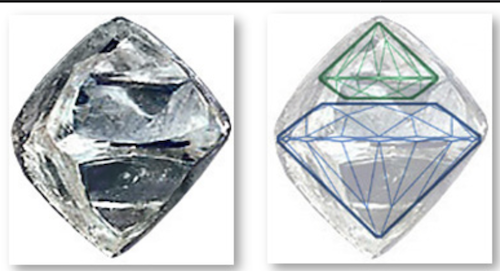AllAboardTheBlingTrain
Ideal_Rock
- Joined
- Apr 22, 2020
- Messages
- 3,379
I was messing around with stonealgo for my own amusement and discovered that diamond prices vary significantly by shape. I knew it had some impact of course, but I never realised how much. It got me thinking about why and I thought I’d pose the question here for the community!
Here are the (pre-tax) prices by stonealgo for every shape. I kept the following parameters (wherever relevant) constant: Triple Ex, None Fluoro, 1ct G VS2.
Rounds are the most expensive, but followed very closely by marquise; while cushions are a bargain at half the price of a round per carat!
Is it wastage, ie cushions utilise most of the rough so the yield is higher from a piece of rough and therefore it can be priced lower (less rough needed to make a 1ct cushion)?
Is it popularity, ie vendors charge super high prices for marquise because they aren’t as popular and therefore sit around as dead stock for longer? Or the reverse - they charge higher for rounds because they are the most in demand and so people will pay?
Thoughts?
Here are the (pre-tax) prices by stonealgo for every shape. I kept the following parameters (wherever relevant) constant: Triple Ex, None Fluoro, 1ct G VS2.
- round: $6746
- Cushion: $3362
- Emerald: $4333
- Oval: $4662
- Princess: $4272
- Pear: $5121
- Radiant: $4065
- Marquise: $6394
- Asscher: $4106
- Heart: $4248
Rounds are the most expensive, but followed very closely by marquise; while cushions are a bargain at half the price of a round per carat!
Is it wastage, ie cushions utilise most of the rough so the yield is higher from a piece of rough and therefore it can be priced lower (less rough needed to make a 1ct cushion)?
Is it popularity, ie vendors charge super high prices for marquise because they aren’t as popular and therefore sit around as dead stock for longer? Or the reverse - they charge higher for rounds because they are the most in demand and so people will pay?
Thoughts?








300x240.png)